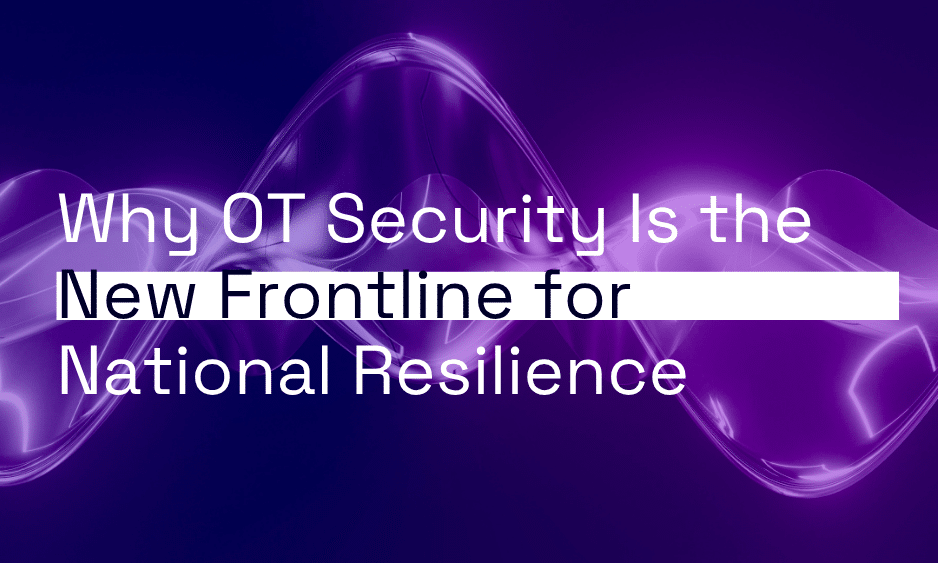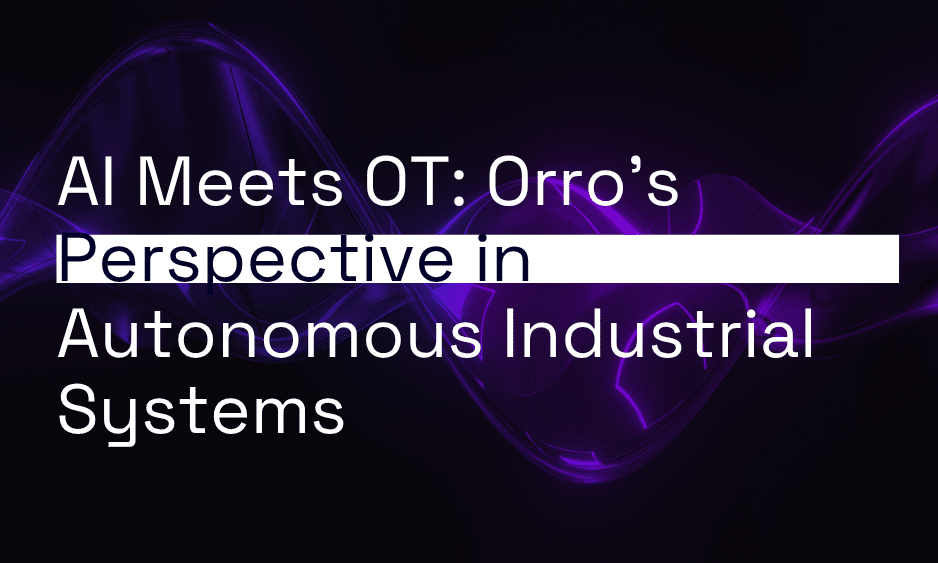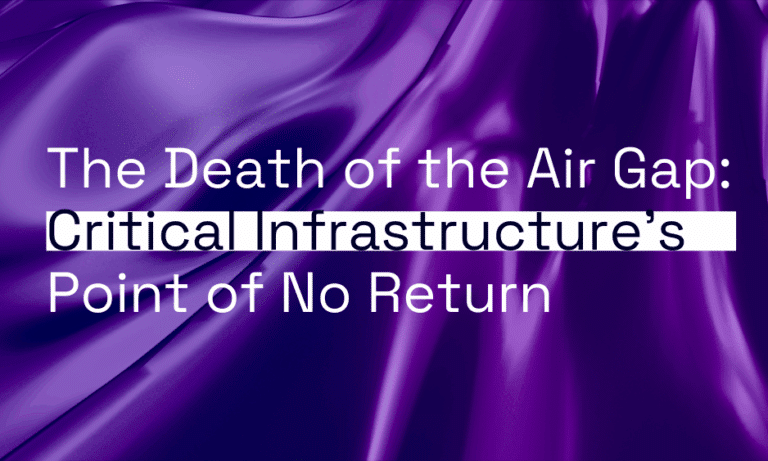By Stuart Long, Chief Technology Officer, Orro
When operational systems go down, it’s not just data that’s lost — it’s safety, productivity and trust.
From power grids and water treatment plants to hospitals and transport networks, Australia’s essential services depend on operational technology (OT) that keeps the physical world running. As digital and physical systems become more tightly intertwined, the line between IT and OT has blurred — and so too has the threat landscape.
Over the past few years, we’ve seen a sharp rise in cyber incidents targeting critical infrastructure. The Colonial Pipeline attack in the US was a wake-up call for many nations, but Australia has not been immune. The 2023 Latitude Financial breach, while IT-centric, reminded everyone how disruptive cyber incidents can be to essential services and public confidence. The stakes are even higher when attacks impact OT environments — where downtime can halt production, compromise safety, or disrupt the supply of water, power or transport.
Protecting these systems is no longer just about cybersecurity. It’s about national resilience.
The New Frontline
For decades, OT systems were seen as safe by isolation. They were often air-gapped, running proprietary protocols on legacy hardware that rarely connected to the internet. But digital transformation has changed that equation. As industries embrace automation, remote access, and data analytics, OT systems have become more connected — and more exposed.
Attackers understand the leverage this creates. Disrupting an IT network can be costly. Disrupting an OT network can bring an entire operation — or even a community — to a standstill.
Consider a scenario where a malicious actor disables a mining company’s remote control systems, halts a transport network, or manipulates data from a water treatment plant. These aren’t hypothetical risks — they’re the kinds of real-world disruptions that national security agencies are now planning for. In Australia, the Security of Critical Infrastructure (SOCI) Act and the government’s 2023–2030 Cyber Security Strategy reflect this reality: defending OT environments is now central to our collective resilience.
The Challenge of Legacy and Complexity
Unlike modern IT systems that can be patched and replaced frequently, many OT environments were designed decades ago for reliability and uptime — not for cyber defence. They rely on specialised hardware and vendor-specific control systems that cannot easily be taken offline or updated without disrupting essential operations.
The result is a landscape that is complex, fragmented and opaque. Visibility is often limited; ownership is split across multiple stakeholders and vendors. And as IT and OT environments converge, every new connection — every sensor, gateway, or remote interface — expands the potential attack surface.
It’s easy to see why many organisations struggle to answer a basic question: “Do we even know what’s connected to our network?” Without complete asset visibility, there can be no effective defence. Yet for many critical infrastructure operators, mapping this environment is one of the hardest challenges to solve.
At Orro, we often see this first-hand — environments with thousands of connected devices, spanning legacy systems and modern IoT. The challenge isn’t just technology; it’s coordination, visibility and culture.
From Protection to Resilience
Traditional cybersecurity models focus on perimeter defence — keeping attackers out. But in OT, that mindset is no longer enough. Resilience means accepting that incidents will occur, and designing systems that can withstand, detect and recover from them without catastrophic impact.
That starts with visibility — knowing what assets exist and how they interact. From there, organisations can establish proper segmentation between IT and OT, enforce least-privilege access, and implement continuous monitoring and detection tailored to the operational context.
At Orro, our approach is about embedding security into the fabric of operations. We help organisations evolve from reactive to proactive — gaining real-time situational awareness, identifying anomalies early, and ensuring that incident response plans are not just theoretical but tested and ready.
This philosophy is built on the idea that security and operations must be one and the same. When they are aligned, resilience becomes achievable. When they are siloed, risk grows silently until it’s too late.
A Shared Responsibility
Building national resilience is not the role of one company, one department, or one government agency. It requires a shared commitment — across boardrooms, control rooms, and data centres alike.
Boards and executives must see OT security not as an IT cost, but as a business continuity and safety imperative. Engineers and IT teams must work together to bridge the language and cultural divide that has long existed between their worlds. And trusted partners — whether technology vendors, integrators, or managed service providers — must bring deep operational understanding to complement technical expertise.
As someone who’s worked across both IT and OT environments for many years, I’ve seen the power of collaboration. When stakeholders align around a common goal — protecting people, services and national capabilities — progress accelerates. Australia’s focus on critical infrastructure protection gives us an opportunity to lead globally in how we approach OT resilience.
Conclusion
The next frontier of cybersecurity is not just digital — it’s physical. It’s about protecting the systems that keep our lights on, our cities running and our communities safe.
By focusing on visibility, collaboration and continuous improvement, we can build the resilience our nation needs — and ensure that operational technology remains an enabler of progress, not a point of vulnerability.
If you’re looking to strengthen your organisation’s operational resilience, Orro’s experts can help assess where you stand — and where to focus next.
Download our OT Cyber Resilience Action Plan or speak with an Orro specialist to explore practical ways to secure your operational environments.









